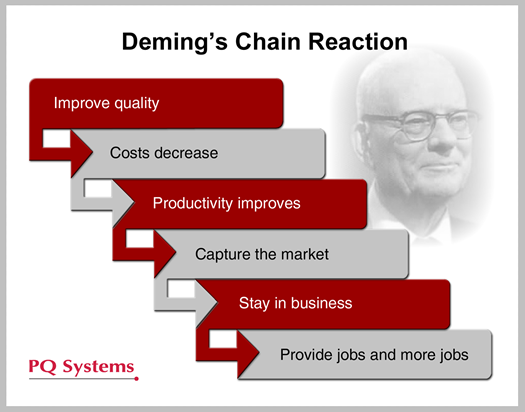When Frederick Winslow Taylor advanced the principles of “scientific management” in 1909, he was hailed as a master of efficient production. In the context of the new century’s focus on science, his principles were met with the approval of manufacturers, who saw opportunities to improve productivity and enhance profitability.
|
ADVERTISEMENT |
The principles that Taylor advanced were based on the beliefs that there is one “right” way to do each job, that workers are motivated by money, and that close monitoring of processes ensures that the most efficient methods could be applied. In one of his experiments, he studied the precise movements that were involved in bricklaying, timing each movement and outlining in specific step-by-step moves the most efficient way to lay bricks.
…

Add new comment